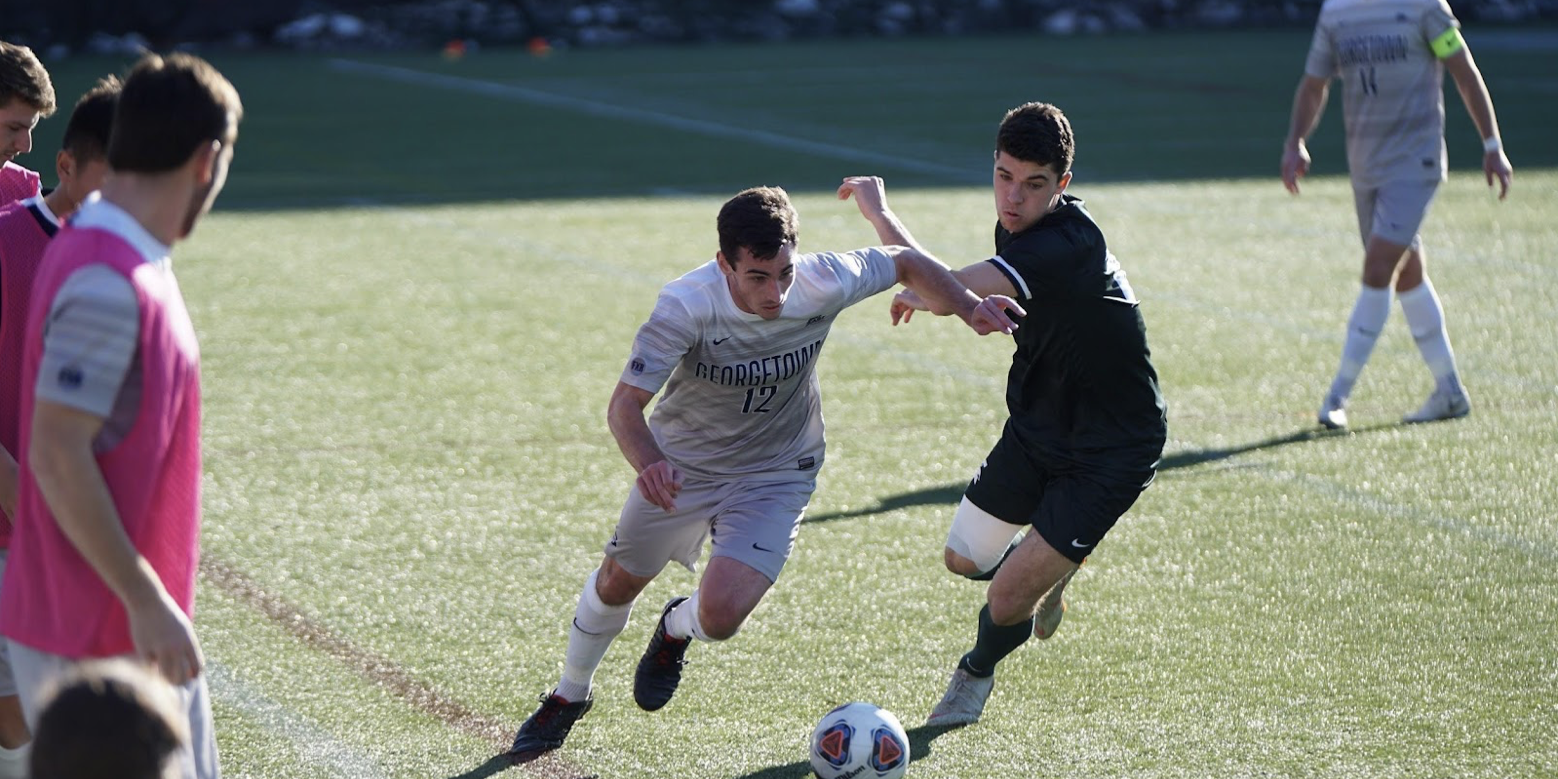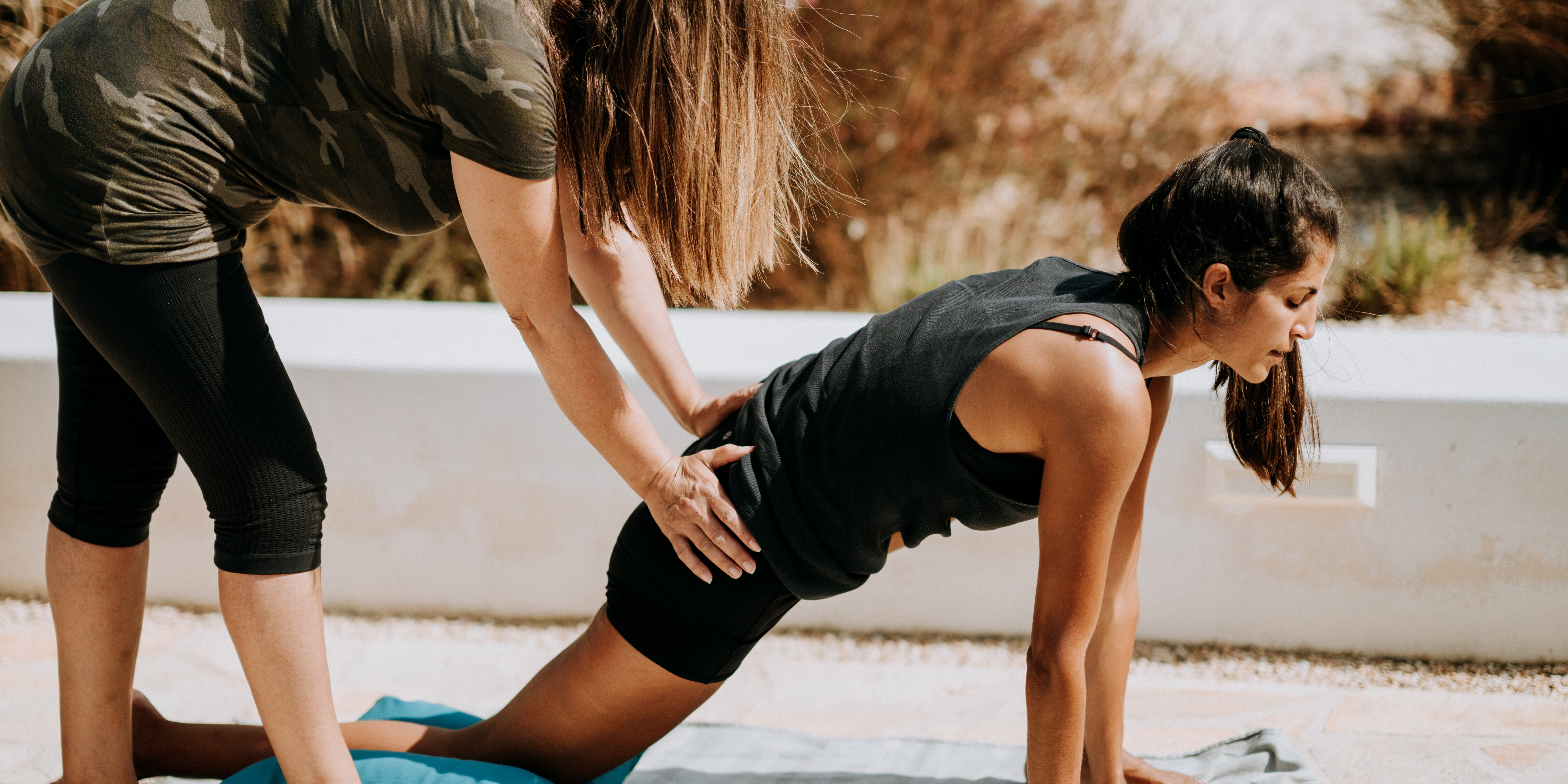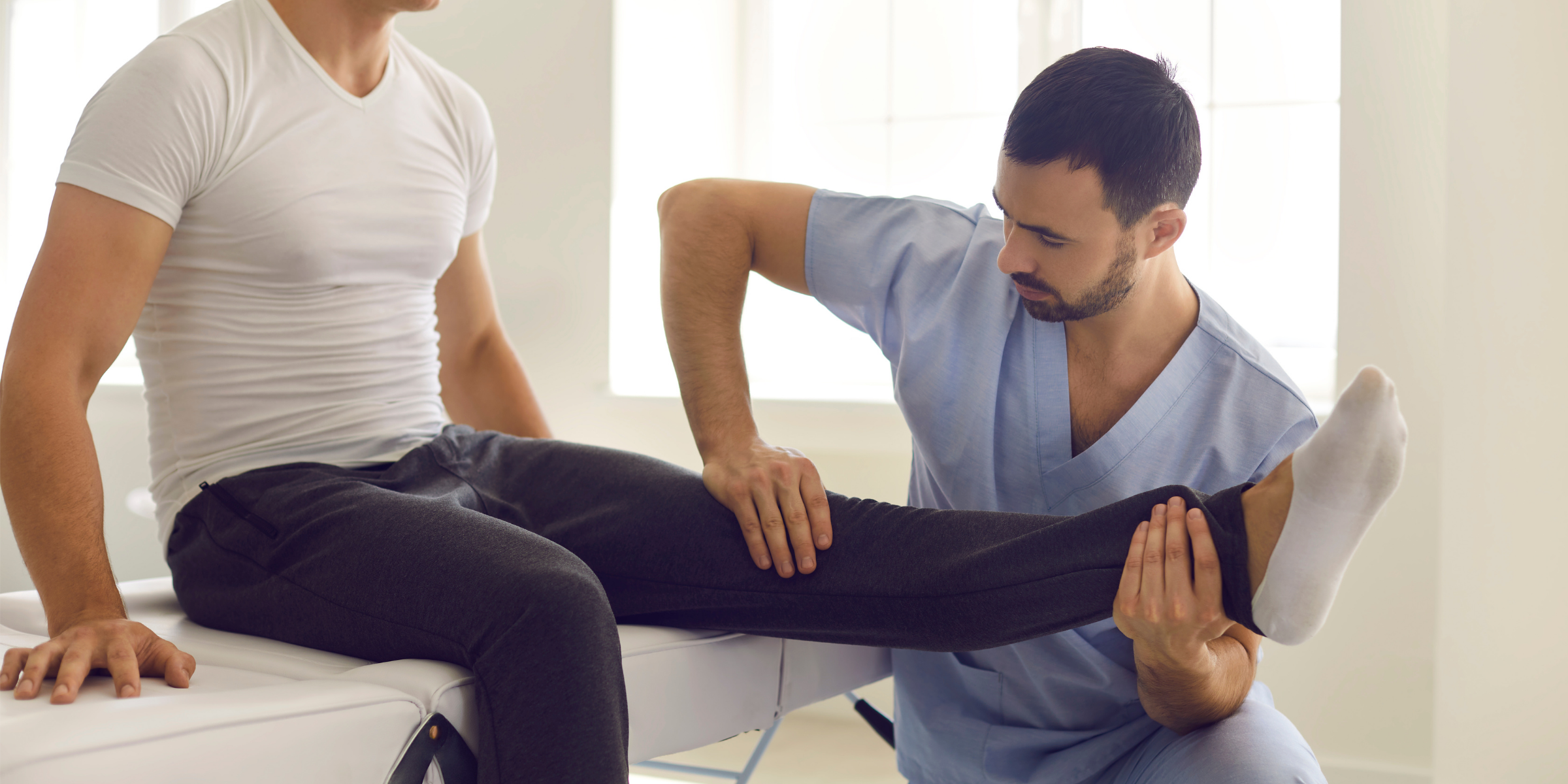With soccer season coming into full force this fall, the potential risk of injury has gone way up. Though the soccer season is meant to bring fun, light-hearted competition, it’s important to recognize some of the common causes of soccer injury in the hopes to prevent them.
Follow along as we dive into some of the most common causes of soccer injury along with our top tips for prevention and recovery.
Top 5 Most Common Soccer Injuries
According to the latest research, many studies have found that high-impact forces to the lower extremities, such as during tackles or landing awkwardly from a jump are some of the most common causes of injury during a soccer game.
Here are 5 common injuries that are more likely to be sustained from this type of impact.
1. Hamstring Strain
Hamstring strains happen frequently on the soccer field. This type of injury typically arises when the hamstring muscle has become too tight or fatigued and stretches outside of its regular range of motion. This can happen either while running or reaching for a ball at high speeds.
2. Lateral Ankle Sprain
Lateral ankle sprains are another common soccer injury that occurs when the foot lands incorrectly and rolls under the body. As a result, the ligament that stabilizes the joint becomes stretched or possibly torn, depending on the degree of sprain.
Without proper rehabilitation, ankle sprains are more prone to long-term instability and increased risk of future injury.
3. Knee Meniscus Tear
Injuries to the meniscus can happen as a result of planting your cleat on the ground and twisting your body around. During either a tackle or a quick change of direction, the meniscus can tear easily under this sort of weight-bearing load.
4. ACL Sprain
An ACL sprain is a common injury to one of the ligaments within the knee that typically occurs from sudden changes in direction under load. For example, the ACL can be sprained or torn when the lower part of the leg continues to move forward or in a rotational direction relative to the upper leg, causing extreme ligament stress.
An ACL sprain may also be caused by a direct collision to the side of the knee, planting and twisting the foot, or sudden deceleration.
5. Concussions
Concussions are another very common and traumatic injury seen in soccer. According to research, up to 22% of injuries cause concussions as a result of players using their heads to direct the ball and instead will mistakenly collide their heads with another player.
Soccer Injury Prevention Tips
Soccer injury prevention is an important part of your long-term athletic health and well-being — not only within sport but in your activities of daily living too!
Here are some soccer injury prevention tips we recommend:
- Get a pre-season physical assessment done by your family doctor. This is especially beneficial to receive information for your baseline concussion measurements (i.e. learning, memory, balance, coordination, etc.).
- Invest in a pair of well-fitted cleats and shin pads. Research has found that rounded and moulded multi-studded cleats are safer than screw-in cleats.
- Take time to schedule a proper warm-up and cool-down routine.
- Be mindful of poor field conditions. For example, a wet and rainy day can increase the incidence of slips and falls during tackles.
- Maintain proper fitness levels both pre-season and throughout the entirety of the soccer season. This includes engaging in mobility, endurance, strength, and agility training.
- Minimize the risk of overuse injuries by taking adequate rest between practice and games.
- Speak with a rehabilitation specialist to help address and resolve injuries related to soccer.
How Active Rehabilitation Can Help
Depending on the severity of soccer injury, the timeframe to return back to sport may be anywhere between a few weeks to 6 or more months. Regardless of the incidence of injury, active rehabilitation is a beneficial avenue for athletes of all levels.
Active rehabilitation is used to help address and resolve current injuries as well as helping to prevent future injuries. At Wildewood Health, our team of Kinesiologists and Athletic Therapists create individualized rehab programs for each athlete to target the joints, muscles, and tissues surrounding the injured area to restore pre-injury function and mobility.
Each session includes specific exercises that help strengthen muscles, improve coordination, support a functional range of motion, reduce swelling, increase balance, and elevate power and endurance.
Book with us today to start your rehabilitation journey to get back to playing soccer sooner.





